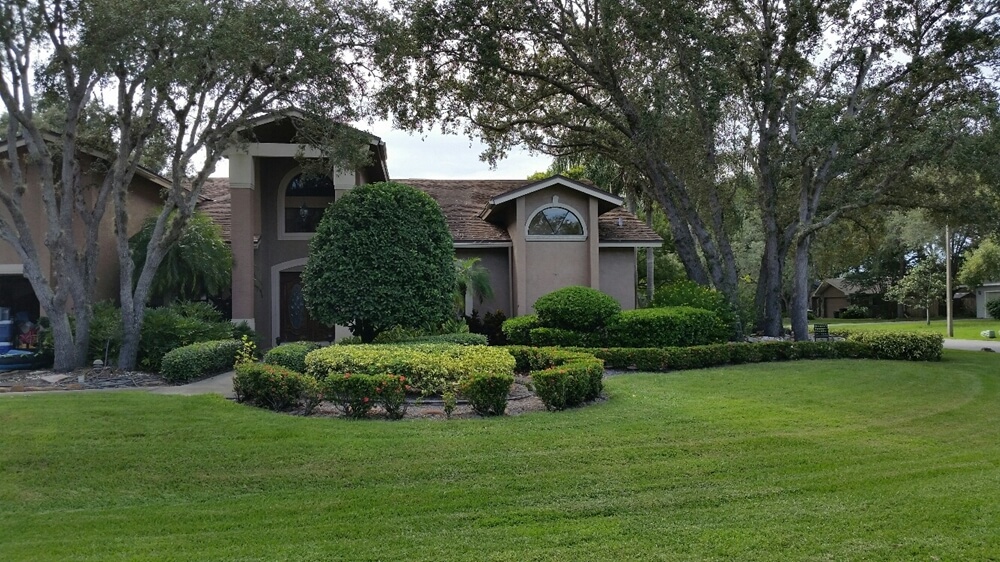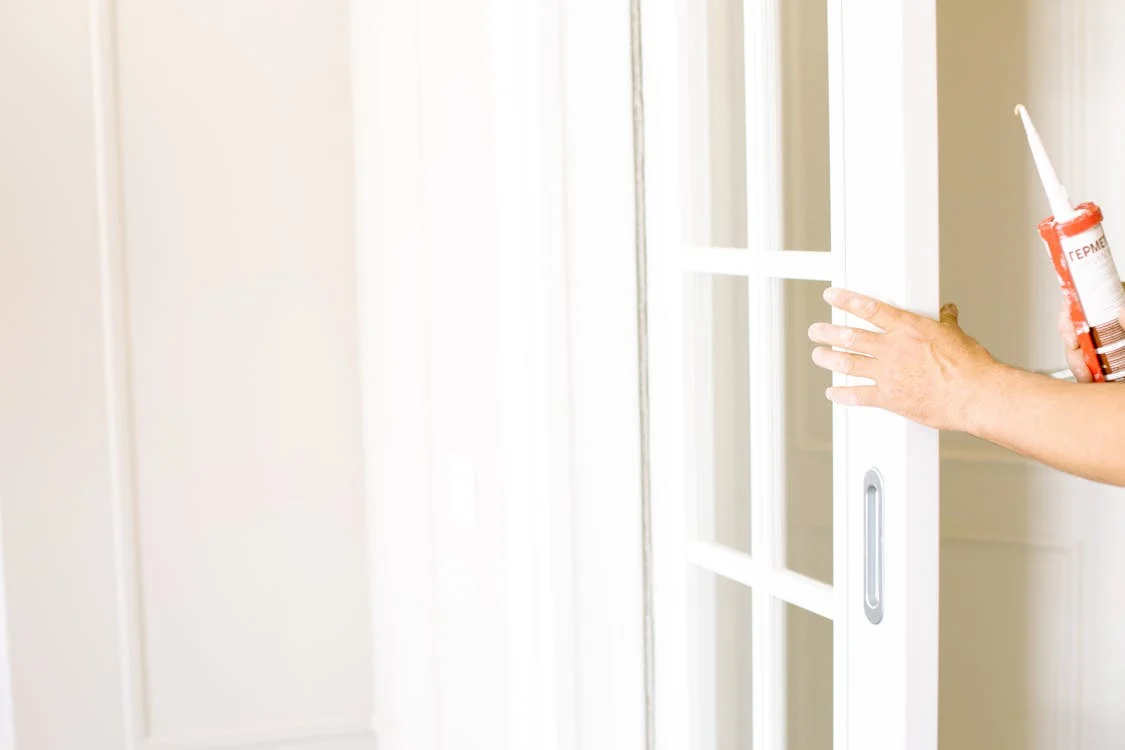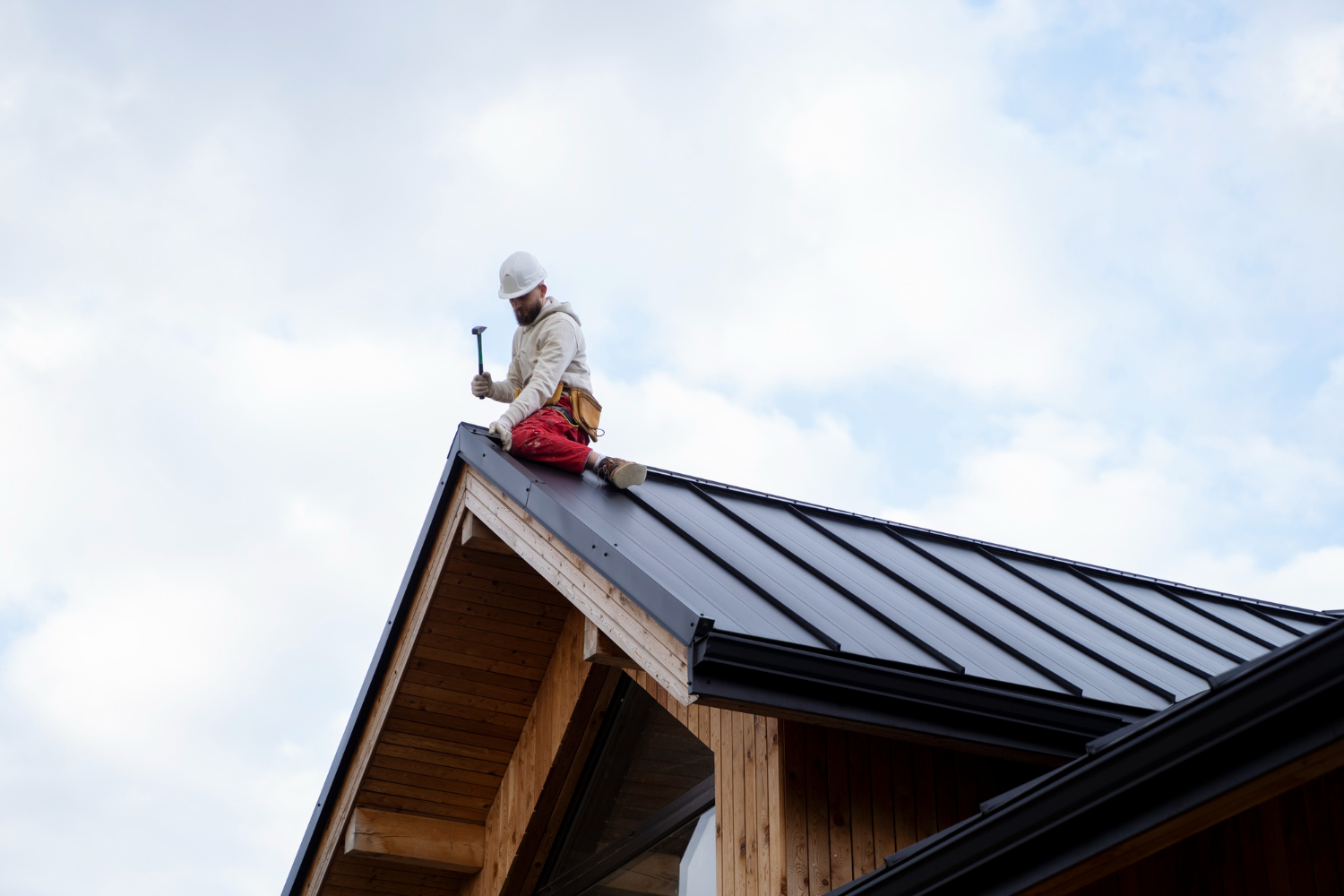By using our website, you agree to the use of cookies as described in our Cookie Policy
a
Rss Feed
Cool-Roof Installations That Improve Building Longevity
How long should a roof last? If your answer is 20 to 30 years, you’re thinking in the right direction—but that number can shrink fast without the right system in place. That’s where roof installations come into play, especially when we’re talking about cool roofs. These roofing systems aren’t just buzzwords—they’re reshaping how buildings handle heat, weather, and time.
Cool-roof installations offer a smarter approach to roofing that blends durability, energy savings, and better building performance. In this article, you'll learn what cool roofs are, how they work, and why the right installation can mean decades of protection and lower costs.
Want to cut your energy bills, protect your structure, and make smarter roofing decisions? Keep reading.
Explore proven methods and innovations in roof installations that support large-scale renovation efforts.
What Are Cool-Roof Installations?
Cool-roof installations use reflective materials that bounce sunlight away from the building. Unlike traditional roofs that absorb heat, cool roofs reflect solar energy, keeping the building cooler.
Key Differences from Traditional Roofs
- Traditional roofs trap heat.
- Cool roofs reflect solar radiation.
- Lower roof surface temperatures improve energy efficiency.
Materials Used
- Reflective coatings: acrylic, silicone, elastomeric.
- White membranes: TPO, PVC.
- Reflective metal panels.
- Green roof materials (soil, plants, membranes)
These systems are designed to maintain lower surface temperatures, which slows roof degradation and improves comfort inside the building.
Why Roof Installations Are Critical to Building Longevity
Roofing is more than a barrier—it’s your first defense against rain, wind, and sun. Poor roof installations lead to moisture damage, high energy use, and costly repairs.
What Proper Installations Prevent
- Water intrusion.
- Mold and mildew buildup.
- Structural weakening.
Long-Term Benefits
- Improved insulation.
- Reduced HVAC load.
- Extended roof life.
Well-installed roofs pay off by delaying replacement timelines and cutting back on costly fixes.
Types of Cool-Roof Systems
1. Reflective Coated Roofs
- Use acrylic, silicone, or elastomeric coatings.
- Ideal for aging roofs.
- Applied over existing materials.
2. Single-Ply Membranes
- Includes TPO, PVC, and EPDM.
- Strong UV resistance.
- Lightweight and easy to install.
- Common in commercial buildings.
3. Green Roof Systems
- Use vegetation to cool and insulate.
- Help manage stormwater.
- Improve building insulation.
- Extend membrane life.
4. Built-Up and Modified Bitumen Cool Roofs
- Combine asphalt layers with reflective surfacing.
- Handle foot traffic well.
- Suitable for flat roofs.
5. Metal Roofs with Reflective Paint
- Long lifespan.
- 100% recyclable.
- Low maintenance.
- Highly solar-reflective coatings available.
Roof Installation Process for Cool-Roof Systems
1. Inspection and Roof Assessment
- Check existing roof structure.
- Look for moisture, rot, and insulation issues.
2. Choosing Materials
- Select products based on climate.
- Look for Energy Star or Cool Roof Rating Council (CRRC) certifications.
3. Installation Steps
- Remove debris and prepare surface.
- Install underlayment or membranes.
- Apply cool-roof coating or secure panels.
- Seal all flashing and ventilation points.
4. Post-Installation Testing
- Test for thermal performance.
- Check for leaks.
- Ensure warranty terms are met.
How Cool-Roof Installations Reduce Energy Costs
Cool roofs reflect up to 80% of sunlight. This directly reduces indoor heat gain.
Energy Impact
- Up to 15% lower energy bills in hot areas.
- HVAC units run less frequently.
- Less strain on grid during peak usage.
Especially in commercial buildings, savings scale with the size of the structure.
Environmental & Health Benefits of Cool-Roof Installations
Cool-roof systems don’t just help your wallet—they help the planet too.
Positive Outcomes
- Reduce urban heat island effect.
- Improve air quality by cutting emissions.
- Keep indoor temperatures healthier.
Cost Considerations for Cool-Roof Installations
Initial pricing can be higher, but long-term savings usually offset the cost.
Breakdown
- Coatings: Low material cost, moderate labor.
- Membranes: Mid-range materials and labor.
- Metal or green roofs: Higher upfront costs.
Financial Incentives
- Tax credits.
- Local utility rebates.
- State energy programs.
Use a life-cycle cost approach for real ROI comparison with informational sources on roof installations.
Roof Maintenance Tips to Maximize Longevity
Regular care extends your roof’s lifespan.
- Clean debris and drains.
- Recoat every few years (for coatings).
- Inspect seams and flashing regularly.
- Fix small cracks before they expand.
Choosing the Right Contractor for Cool-Roof Installations
Not all contractors understand cool-roof systems.
- Ask about previous cool-roof projects.
- Verify licensing and insurance.
- Request thermal imaging or energy reports from past work.
Common Mistakes to Avoid in Roof Installations
- Poor sealing = leaks.
- Bad slope = standing water.
- Skipping insulation = higher bills
These errors cut performance and shorten lifespan.
FAQs
What qualifies as a cool roof? Roofs with high solar reflectance and thermal emittance.
Are cool roofs only for warm climates? No. They also help reduce energy use in mixed climates.
Can any roof be converted into a cool roof? Many can—especially flat or low-slope roofs.
How long does a cool-roof installation take? Usually 3–10 days, depending on size and system.
Does a cool roof need special maintenance? Just regular cleaning and occasional reapplication (if coated).
Conclusion
Cool-roof installations improve durability, save money, and boost building performance. They keep buildings cooler, protect them longer, and cut energy bills.
If you’re looking for a long-term roofing solution, cool-roof systems are worth the investment. For expert insights, talk to a local roofing contractor or schedule a full inspection.
‹ Back






.png)
